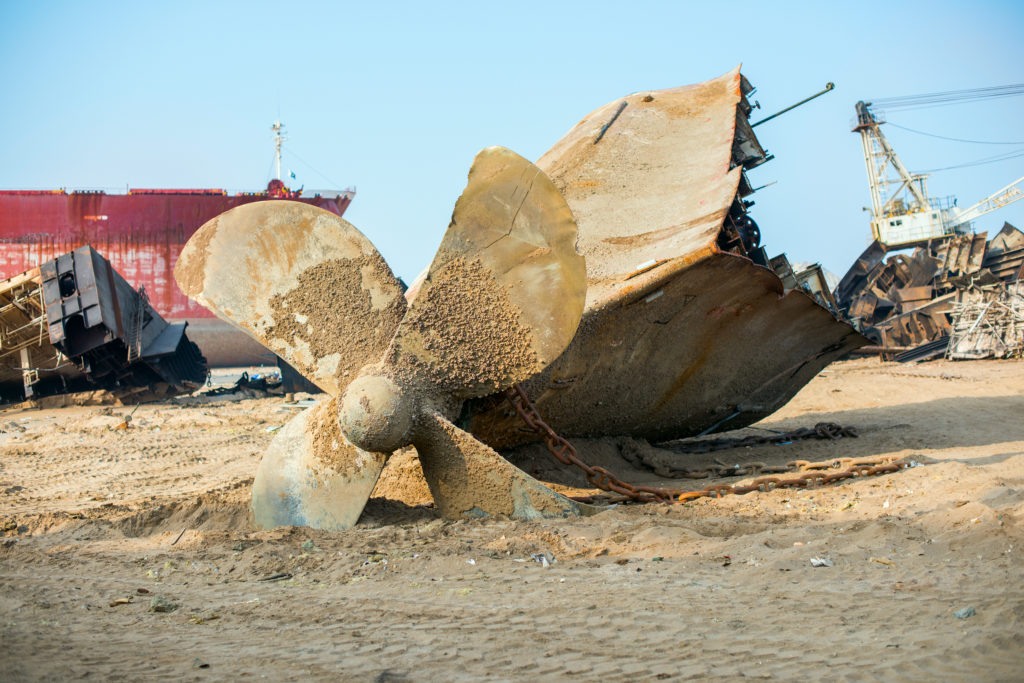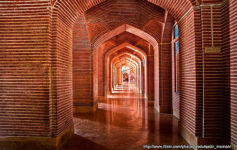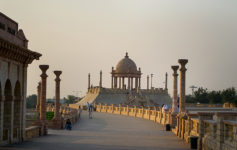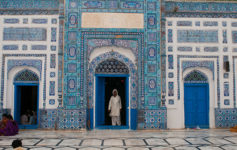Gadani, located near Karachi Pakistan, is the world’s third-largest ship-breaking yard. Up to 1980s, it was the world’s largest in terms of area and capacity.
How Ship-Breaking First Began in Gadani
Long ago, a cyclone struck off the cost of the Arabian Sea. The storm brought wreckage and rubbish ashore, and along with the wreckage came the wooden planks from the bruised and battered ship. In addition, an entire vessel with no one on it washed up. A while later, one of the companies took ownership of the ship and broke it apart. They loaded it onto trucks and took the pieces away to Karachi. This is how ship breaking first began in Gadani, Pakistan. It was the first ship broken on the coast, and much more have since followed.
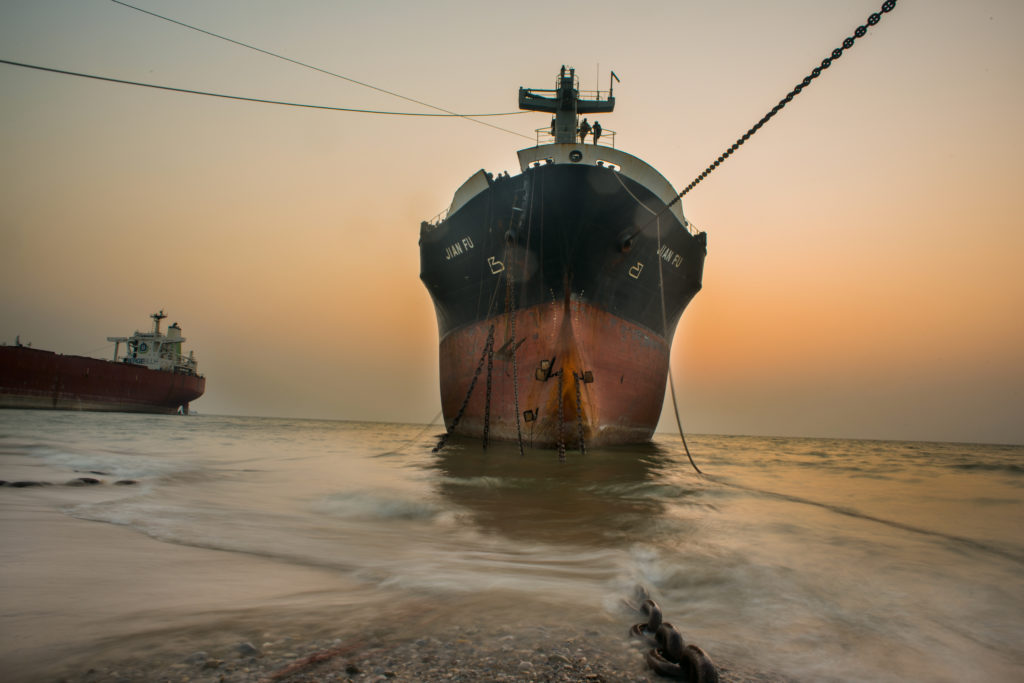
Pioneer Companies of Ship Breaking
When we look at the pioneers of this field, you have two companies that have built a name for themselves—Gokal Group and M.M. Bukhsh. These two companies first started as ship breakers, but now more than 40 companies have taken up residence here.
Where is Gadani?
You will find Gadani as a small town of 10,000 people. It sits 28 miles to the northwest of Karachi. You can find many colorful fishermen settlements and golden sands here. Around 6 miles to the east of Gadani, you will locate the heart of the ship-breaking industry in Pakistan. The land here has been divided into 314 different plots, but 135 of the plots operate as a functioning ship-breaking yard.
The Balochistan Development Authority or BDA for short, assumed responsibility for the overall infrastructure, and at the same time, they’re the largest yard owner with 34 plots in their name. However, they mostly rent out to private ship-breaking firms.
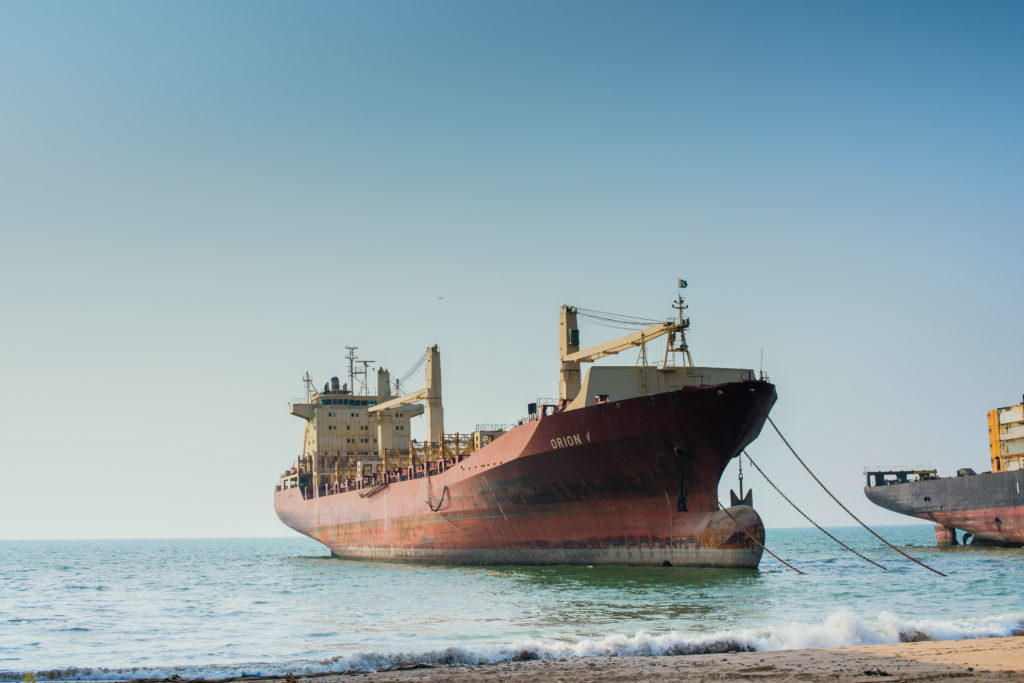
Why Gadani?
What helps to make Gadani one of the best places for ship breaking is the natural topography of the land. For example, you can bring ships into the beach area without having to think about high tide or low tide. At other places, you might have to wait for months or weeks on end so that the tide rises high enough for the beach, but Gadani naturally has deeper beaches. The sand also helps because it’s neither loose nor muddy, and the firmness means ships can get to shore more easily. The Pakistani businessmen understood these advantages and rushed to turn a profit.
The Business Recorder, the biggest financial daily newspaper of Pakistan, reported how the yard could dismantle as many as 100 vessels per year. This means cheap steel and scrap iron for the metal industries of Pakistan, and they can save financially on supplies from outside the country.
Business is Booming
Every year, Pakistan dismantles as many as 100 vessels. In fact, in 2014, the industry reached a peak of 110 vessels, but unfortunately, the number dropped to only 81 for 2015. Nevertheless, this lucrative industry continues to contribute billions of rupees on an annual basis to the Pakistani economy. This is done through taxes and the savings from imports.
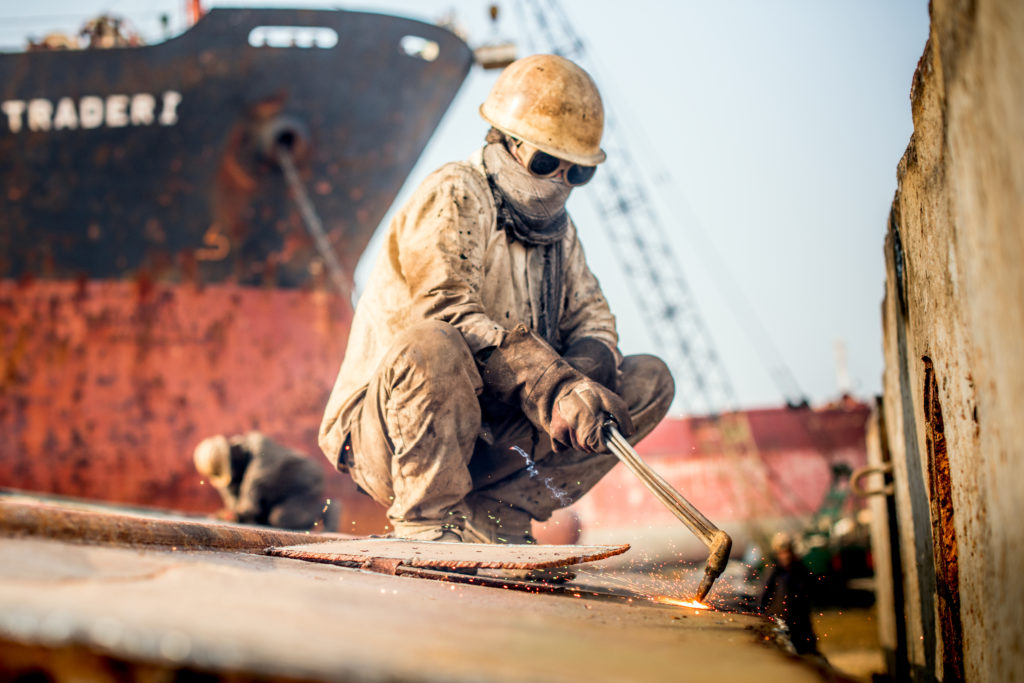
How Much Steel and Wood on an Average Ship?
When we look at the amount of steel in the average ship, you have between 1.2 to 1.5 million tons of steel. Meanwhile, that doesn’t include the recycled wood at an estimated 25 tons. That leads to millions of dollars in savings. You will find huge pieces of metal littering the sands around the beach, and sometimes the metal chunks tower overhead as you walk across the yard.
Ships come to this beach to die, and many of the vessels here look like skeletons of their former selves. The dismantling of the ships can take several weeks or even a couple of months to finish the project. Both history buffs and the adventurous spirits of the world would make a mistake to not give this place a visit.
